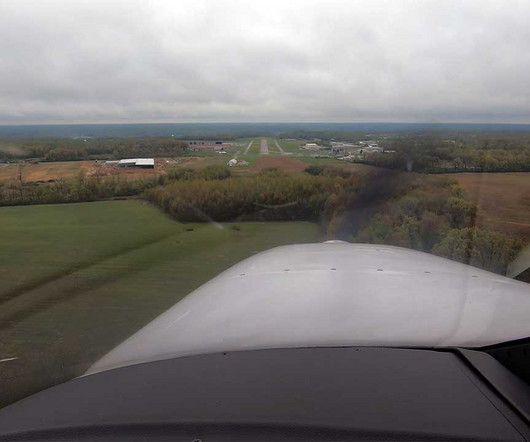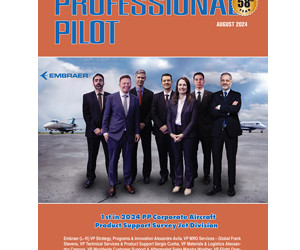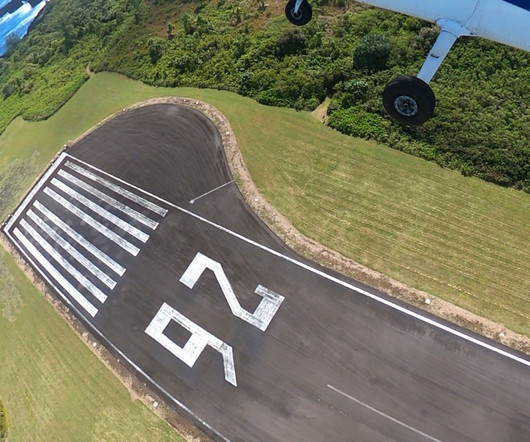8 Aviation Visual Illusions Pilots Often Experience
Northstar VFR
APRIL 20, 2025
When pilots are flying in VMC ( visual meteorological conditions ), vision plays a major role in sending correct signals to the brain on the pilots position, movement, and orientation. A narrow runway can cause the eyes to perceive the aircraft being too high on approach, so the pilot flies too low of approach.




























Let's personalize your content